Rig Rundown: Deep Purple’s Steve Morse
The guitarist details the signature Ernie Ball Music Man guitars, Engl amps, and specialized effects he uses on the road.
By Tessa JeffersAug 12, 2015
Tessa Jeffers
Tessa's career in journalism has taken her from the Midwest to the Middle East and back. In addition to writing about music for publications like SPIN, Tessa has worked as an arts editor and investigative news reporter. She currently lives in Music City, Tennessee.



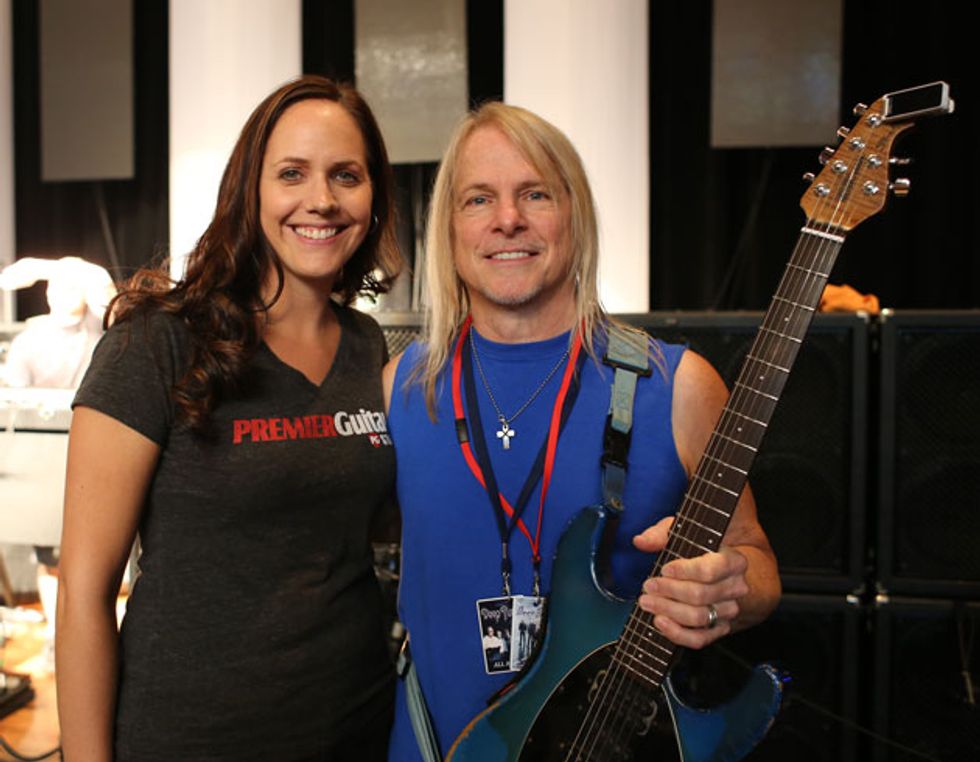
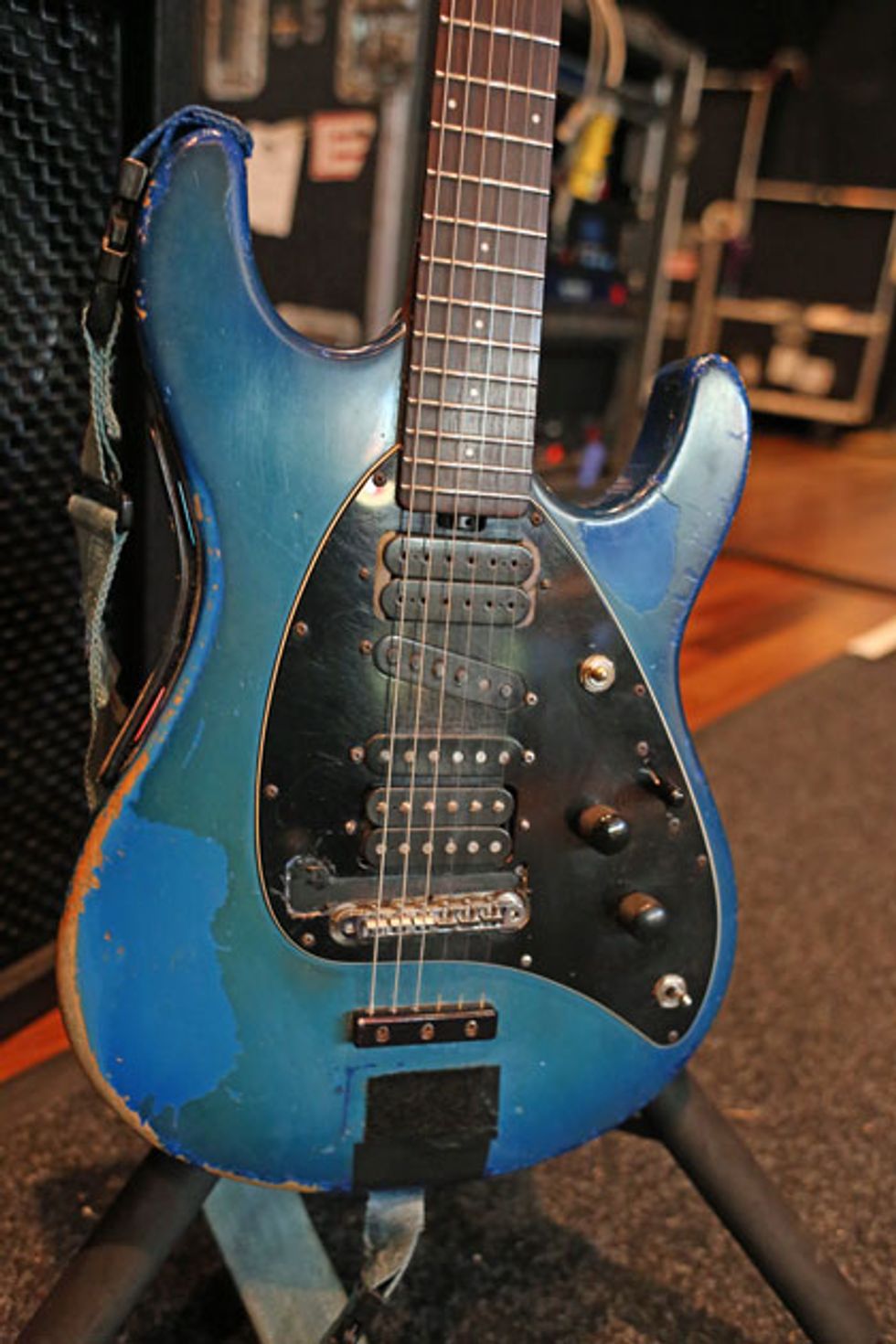
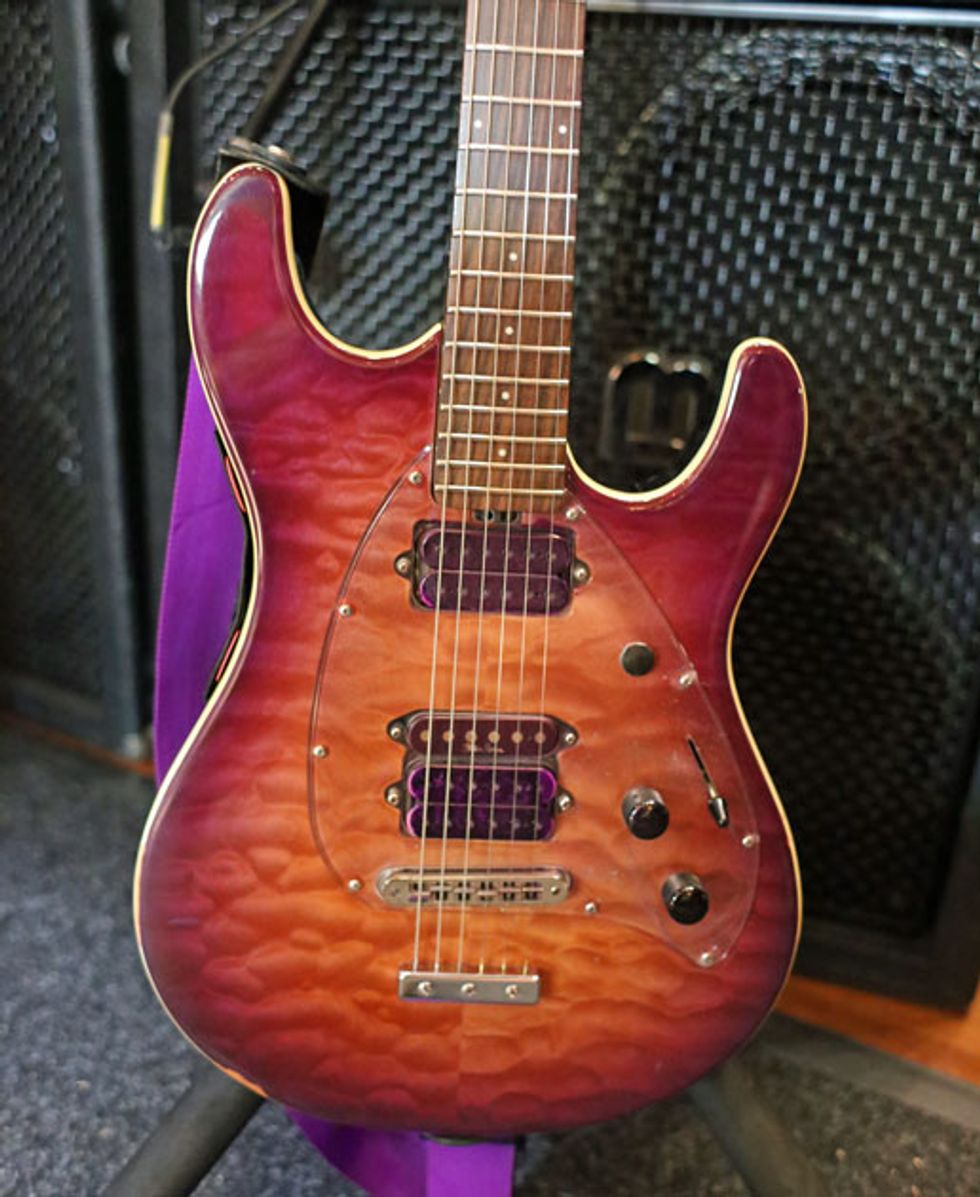
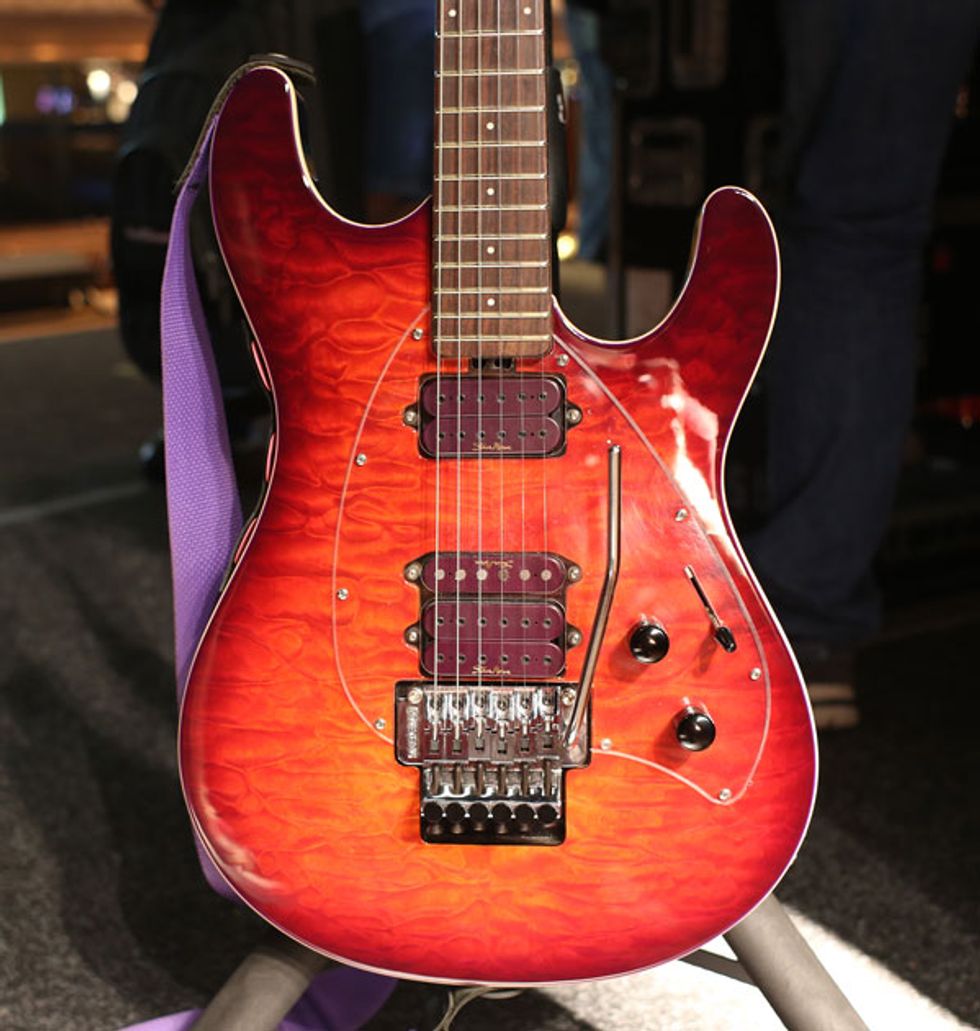
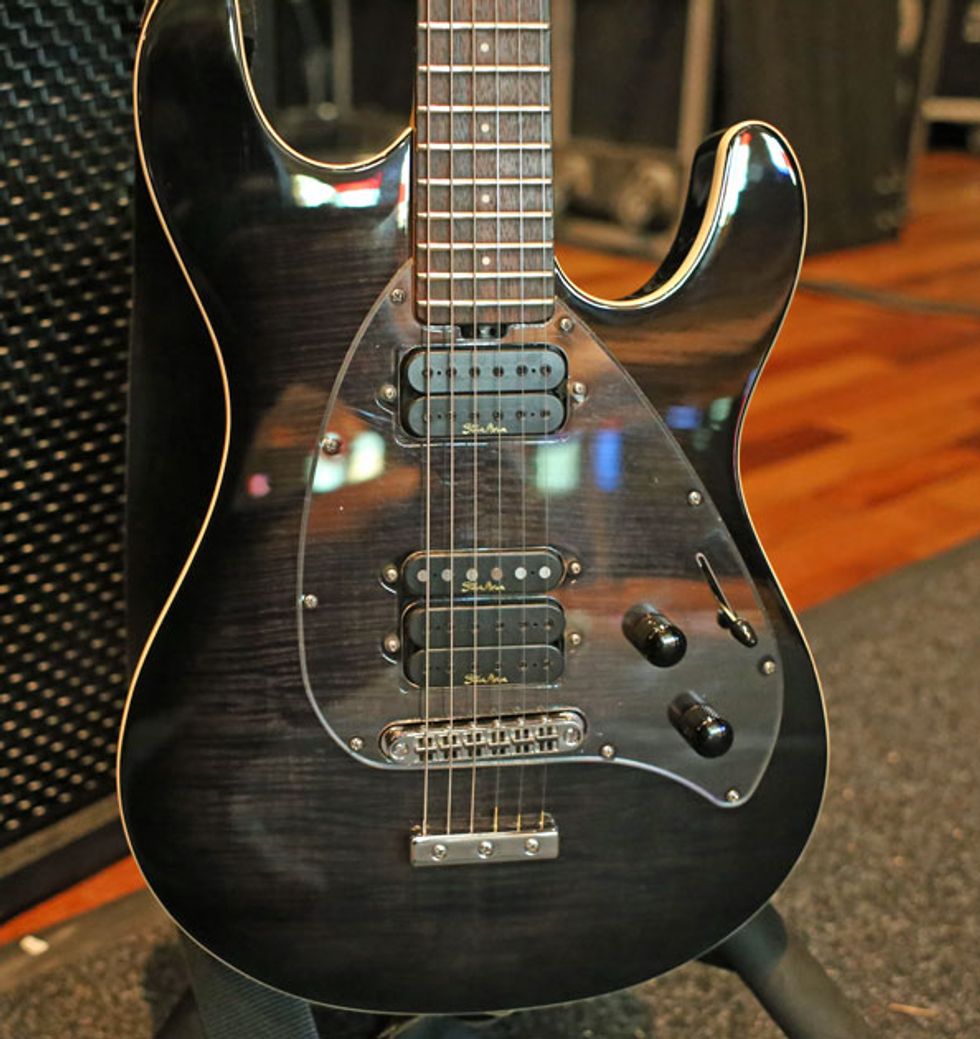
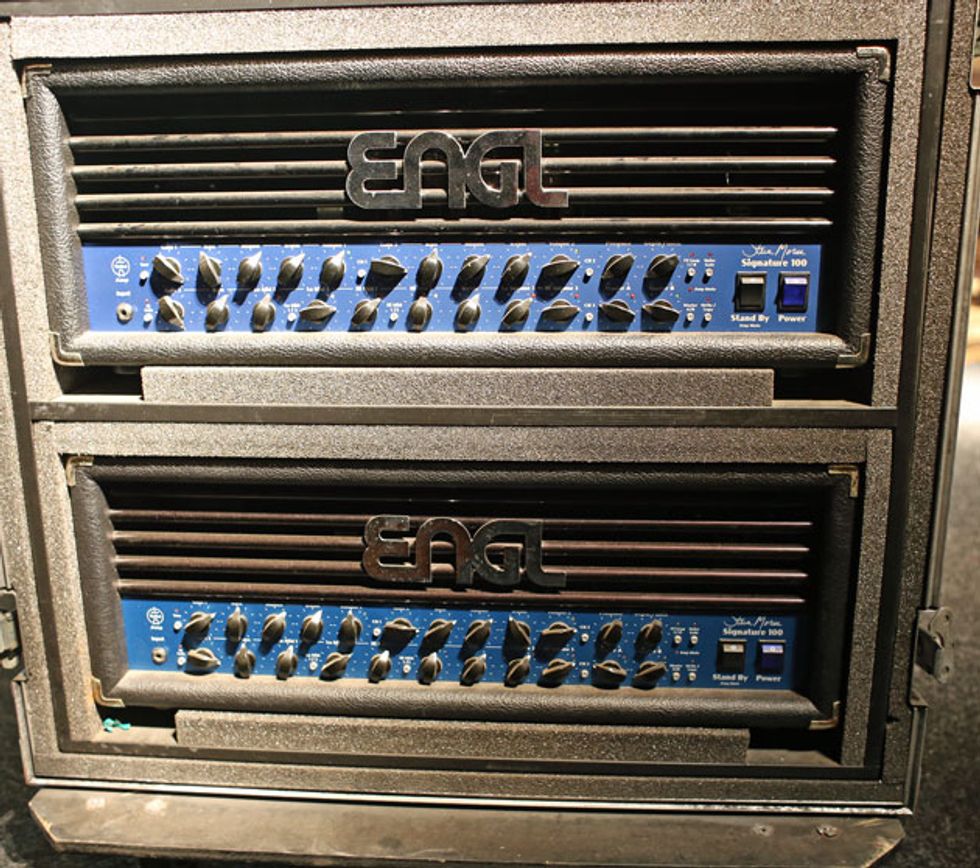
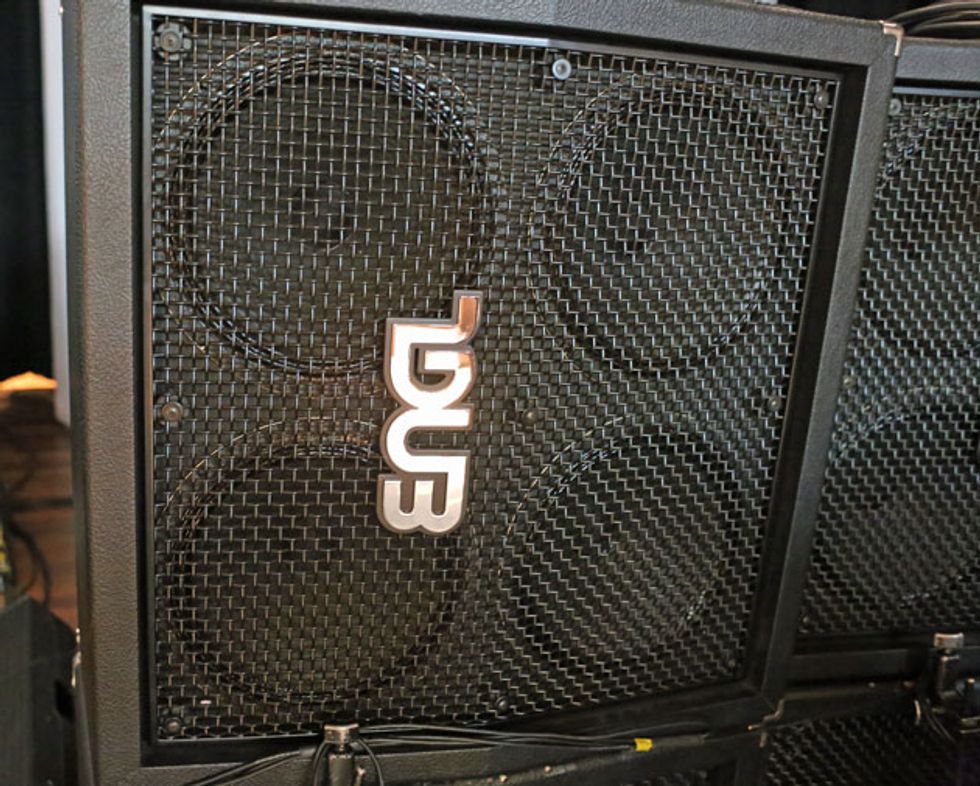
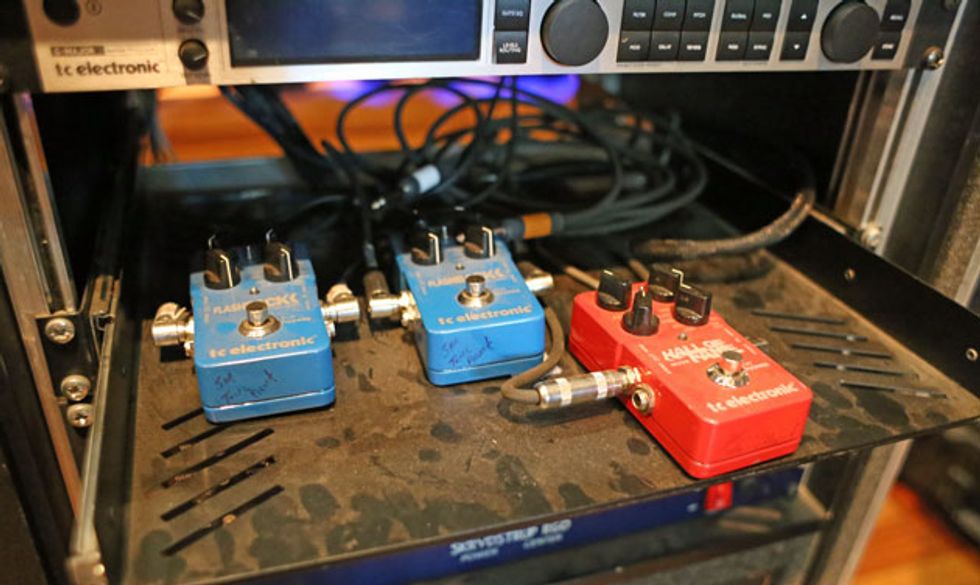
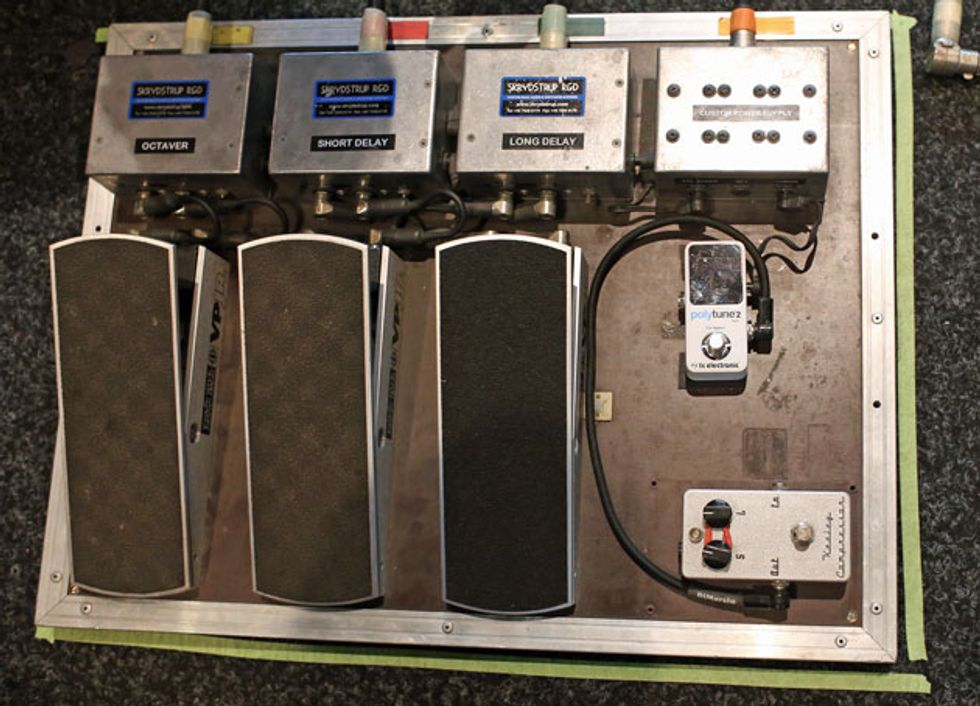




![Rig Rundown: Russian Circles’ Mike Sullivan [2025]](https://www.premierguitar.com/media-library/youtube.jpg?id=62303631&width=1245&height=700&quality=70&coordinates=0%2C0%2C0%2C0)


























